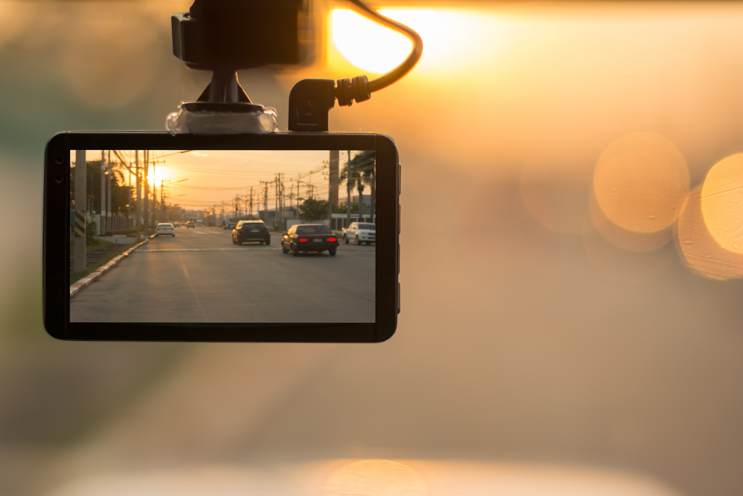This blog post was originally published at Ambarella’s website. It is reprinted here with the permission of Ambarella.
Video recording applications continue to play a key role in automotive.
Our history as a company began with recording. It’s an inextricable part of our organizational DNA. Nearly fifteen years ago, we enabled the first-ever 1080p solid-state pocket camcorders, bringing high-definition video recording to the masses for the first time. And we continued the trend with the original GoPro Hero line of sports cameras, helping give rise to a revolution in the way video is recorded and shared. Any time, any place—this concept quickly became a reality. And we were there from the beginning.
 |
 |
Before long, high-quality video sharing became ubiquitous, powered by an array of affordable, high-performance devices made possible by some of our earliest generations of encoding SoCs. It wasn’t too surprising, therefore, when these recording devices eventually made their way into vehicles.

Often called “dash cameras,” these interior windshield-mounted devices—used for event capture and drive logging—skyrocketed in popularity worldwide, particularly in countries where video clips of roadway incidents could be used as evidence for insurance companies or in courtrooms. While the initial wave of dashcams were sold as standalone products in the retail aftermarket, it wasn’t long before automotive OEMs began to offer digital video recorders (DVRs) as optional accessories to be installed by the dealership at the time of purchase (known as “dealer-fit” installations). And soon after that, OEMs began integrating DVRs into vehicles during the production process itself, using the infotainment system as a built-in video display. Cars were suddenly rolling off assembly lines with recording capabilities natively equipped.
With so many active recording devices on the road, DVR clip sharing became an internet phenomenon. Even non-automotive events were occasionally captured via automotive devices, such as the 2013 Chelyabinsk meteor in central Russia.
Ambarella is an established leader in automotive video recording worldwide. Our solutions are used to capture millions of hours of video on any given day using aftermarket, dealer-fit, and OEM-installed recording devices, in a variety of different applications.
Use cases for our recording solutions include:
- Passenger vehicles
- Drive logging for entertainment
- Accident event recording
- Vehicle security
- Combination ADAS and recording
- For example: traffic light detection (TLD), traffic sign detection (TSD), front collision warning (FCW), lane departure warning (LDW), object detection
- Commercial fleet vehicles
- Accident event recording
- Combination ADAS and recording
- Integration with driver monitoring systems (DMS) and/or occupant monitoring systems (OMS)
- Encouraging drivers to limit distractions (e.g., handheld devices)
- Driver fatigue alerts
- Cabin monitoring for driver safety
- Documentation of traffic conditions
What are our advantages in recording?
Our solutions typically outperform the competition on the following measures:
- Low power consumption
- Low-light performance (noise filtering)
- AVC/HEVC encoding quality (e.g., the elimination of compression artifacts)
- Image dewarping
- Multi-exposure high dynamic range (HDR) processing
- Multi-sensor and multi-channel processing
- Full product line consisting of dedicated silicon with a range of capabilities, including computer vision
- ADAS features (optional)
- CVflow® computer vision performance
- Reliability
- Fail-safe journal file system for recording
- Automotive-qualified parts (AECQ-100)
- Functional safety-certified options
For additional information, please contact us.
Udit Budhia
Director of Marketing, Ambarella


